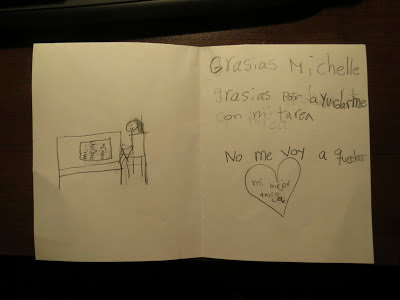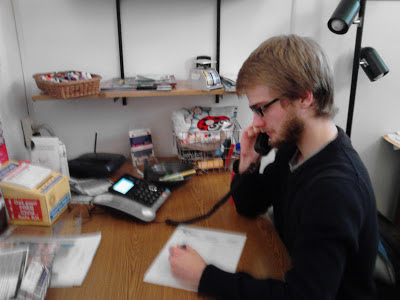Student Reflection

by Flora Ramirez With the semester finally coming to a close, I can genuinely say that I am grateful for all of my experiences with both La Línea and CLACS. While both experiences were very different from one another, they were able to further inform my personal interests in very unique ways. My work with CLACS “Story Time” helped me value culture. I realized the importance of exposing children to other cultures and the positive impacts in can have. By creating this sense of awareness, parents and teachers can begin to foster respect for people of various backgrounds. To some extent, my time at CLACS even taught me to further value my own culture and my parents’ success with passing down our traditions and language to me. Even though my time with La Linea was short, I felt extremely involved with the two cases I was part of. Here, I realized how important my language and culture was in terms of making myself personable to community members. I...

.jpg)













